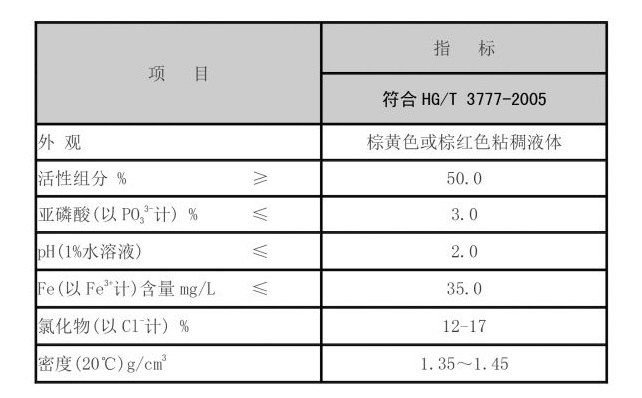Synthesis and Applications of Ethylenediaminetetra(methylenephosphonic) Acid in Modern Chemistry
Ethylenediaminetetra(methylenephosphonic acid) An Overview of Its Properties and Applications
Ethylenediaminetetra(methylenephosphonic acid), commonly known by its abbreviation EDTMPA, is a phosphonic acid derivative featuring a complex structure that imparts significant chemical properties. This organic compound is an important player in various industrial sectors due to its ability to chelate metal ions and its effectiveness in various applications ranging from water treatment to agriculture and beyond.
Chemical Structure and Properties
EDTMPA is a member of the family of aminophosphonic acids. Its structure includes four phosphonic acid groups, which are known for their high affinity for metal ions such as calcium, magnesium, and heavy metals. This propensity for metal ion binding makes EDTMPA an excellent chelating agent. The overall molecular structure is characterized by the presence of ethylenediamine as its backbone, along with four methylenephosphonic groups that contribute to its unique reactivity and solubility.
One of the notable features of EDTMPA is its high stability across a range of pH levels, which allows it to function effectively in both acidic and neutral environments. This stability, in conjunction with its strong chelating properties, enables EDTMPA to inhibit scale formation and corrosion in water systems—attributes that are particularly valuable in industrial contexts.
Applications in Water Treatment
In the field of water treatment, EDTMPA is widely employed as a scale inhibitor and dispersant. Its ability to bind calcium, magnesium, and other metal ions prevents the precipitation of mineral scales, which can negatively impact the efficiency of cooling systems, boilers, and pipelines. By utilizing EDTMPA, industries can maintain operational efficiency while minimizing downtime caused by maintenance issues.
ethylenediaminetetra methylenephosphonic acid

Moreover, EDTMPA enhances the performance of detergents and cleaning agents. By chelating metal ions that contribute to water hardness, it improves the effectiveness of surfactants, resulting in superior cleaning performance in various applications, including household and industrial cleaning.
Agricultural Applications
The agricultural sector also benefits from the use of EDTMPA. It is often incorporated into formulations for fertilizers and pesticides, where it can enhance nutrient availability and promote plant growth. By preventing the precipitation of essential nutrients and improving their solubility in soil, EDTMPA ensures that crops receive the optimal amount of beneficial elements like nitrogen, phosphorous, and potassium. This not only improves crop yield but also reduces the amount of fertilizers needed, promoting more sustainable farming practices.
Environmental Considerations
Despite its numerous advantages, the use of phosphonic acids, including EDTMPA, comes with environmental concerns. There are ongoing discussions about the ecological impact of phosphonate complexes in aquatic systems, particularly concerning their biodegradability. Regulatory bodies and researchers are actively investigating the long-term effects of these compounds to establish safe usage practices.
Conclusion
Ethylenediaminetetra(methylenephosphonic acid) represents a vital compound in modern chemistry, with applications spanning numerous industries, from water treatment to agriculture. Its robust chelating properties and stability make it indispensable in preventing scale formation and improving nutrient availabilities, thereby enhancing industrial processes and agricultural productivity. As research continues to explore the full scope of its applications and environmental impacts, EDTMPA is likely to remain a key compound in our efforts toward efficient resource management and sustainable practices.
-
Pbtc Scale InhibitorPBTC: A Scale Protector for Industrial Water TreatmentNewsAug.05,2025
-
Organic Phosphonate: An Efficient Defender in the Field of Scale InhibitionNewsAug.05,2025
-
Hydrolyzed Polymaleic Anhydride: Green Pioneer in Scale Inhibition FieldNewsAug.05,2025
-
PAPEMP Polyamino Polyether Methylene Phosphonic Acid For SaleNewsAug.05,2025
-
Flocculant Water Treatment: A Pioneer in Purification in the Field of Water TreatmentNewsAug.05,2025
-
Benzyl Isothiazolinone: An Efficient and Broad-Spectrum Antibacterial Protective GuardNewsAug.05,2025





